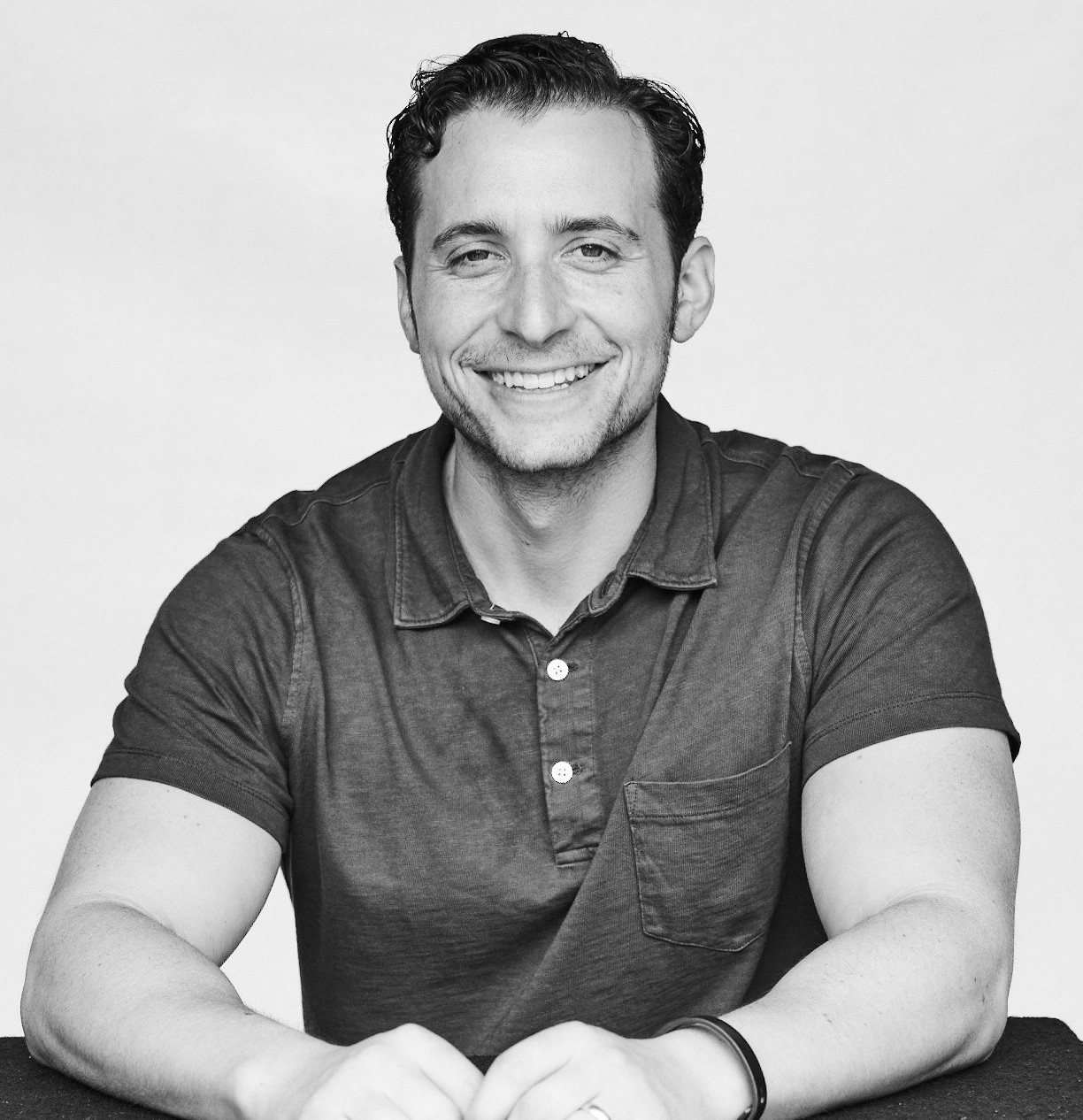What works for you won’t always be backed by science.
What is supported by science won’t always work best for you.
That doesn’t mean your non-scientific approach isn’t effective.
It also doesn’t mean the science that does not support your approach isn’t right.
The most effective approach for the majority of people is what is supported by science. But, even the best research has limitations. It can’t adjust to all the details of real life. Once you realize this, it’s easier to navigate the “you” plan with fewer bumps in the road.
Use science like a compass, but don’t be afraid to channel your inner explorer.
Use science like a compass, but don’t be afraid to channel your inner explorer.
The destination of your ideal health plan is found at the intersection of doing what works and experimenting with what works for you.
How do you find this desired location?
Use science to leverage principles that we have strong reasons to believe are true and will work for the majority of people.
Use personal experience, lifestyle factors, and personal preferences to adjust the principles to work for you, even if it means bending the rules.
Learning to balance these two variables — and letting the former lead the latter — will help guide you to better health.

Adam Bornstein is a New York Times bestselling author and the author of You Can’t Screw This Up. He is the founder of Born Fitness, and the co-founder of Arnold’s Pump Club (with Arnold Schwarzenegger) and Pen Name Consulting. An award-winning writer and editor, Bornstein was previously the Chief Nutrition Officer for Ladder, the Fitness and Nutrition editor for Men’s Health, Editorial Director at LIVESTRONG.com, and a columnist for SHAPE, Men’s Fitness, and Muscle & Fitness. He’s also a nutrition and fitness advisor for LeBron James, Cindy Crawford, Lindsey Vonn, and Arnold Schwarzenegger. According to The Huffington Post, Bornstein is “one of the most inspiring sources in all of health and fitness.” His work has been featured in dozens of publications, including The New York Times, Fast Company, ESPN, and GQ, and he’s appeared on Good Morning America, The Today Show, and E! News.
Sometimes I don’t feel like working out
Hey, Holly! Sometimes that happens. The desire to workout all the time is rare. I’d go as far to say that even the fittest people in the world who love working out have plenty of moments when they don’t want to exercise. The right amount of exercise for you, is the amount that you can consistently do, even if it’s just a couple days per week. Build a schedule that works for you. Exercise when you feel like it and learn to listen to your body when you don’t. If you never feel like working out, then start with something basic like a walk. There are still plenty of benefits from that type of movement.